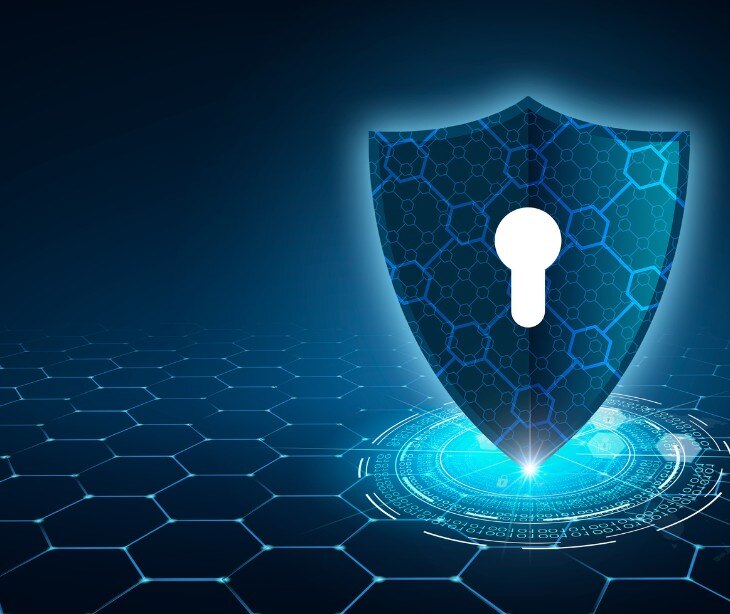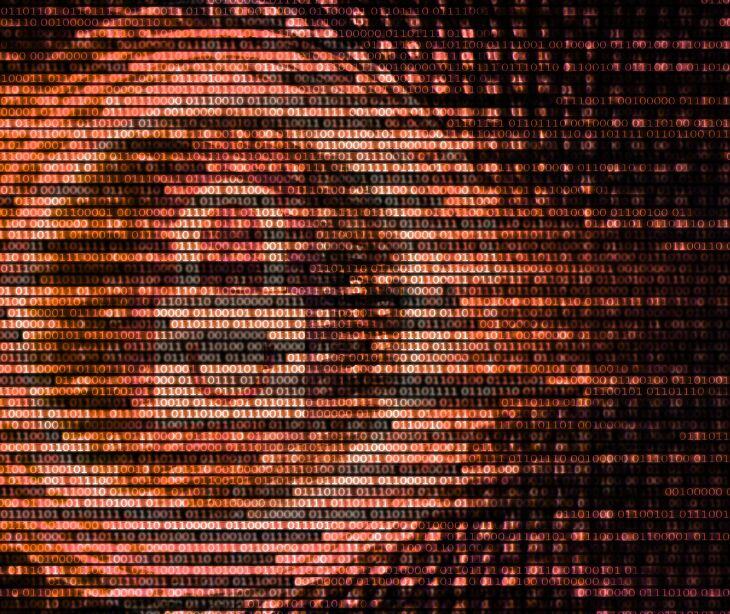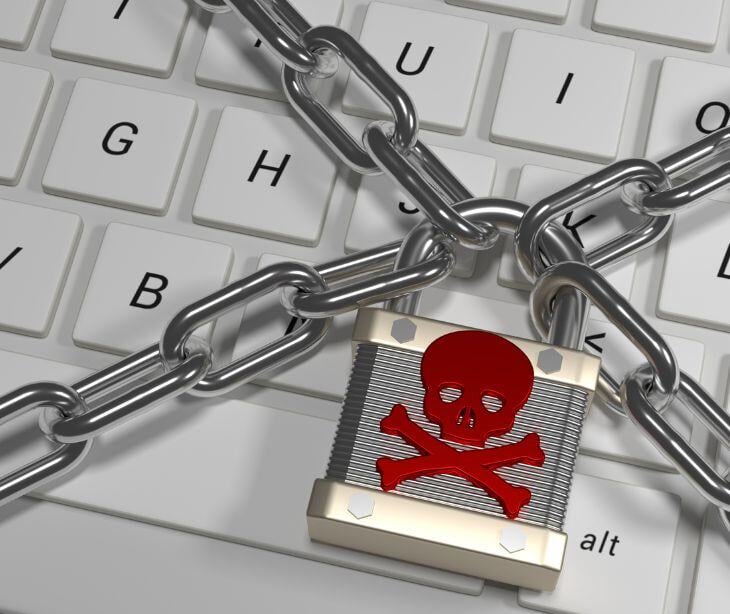2 min read
Healthcare cybersecurity lessons from SimpleHelp’s data breach
Tshedimoso Makhene
February 10, 2025

A series of cyberattacks are targeting vulnerabilities in SimpleHelp’s remote management software, raising concerns about security risks for organizations using the tool. According to cybersecurity firm Arctic Wolf, cybercriminals have been exploiting these flaws to gain unauthorized access to devices, a threat that has significant implications for industries reliant on remote access solutions, particularly healthcare.
What happened?
Three vulnerabilities in SimpleHelp’s remote management software were identified to be possibly used by attackers to extract credentials, execute arbitrary code, and escalate privileges to an administrative level.
The attacks began roughly one week after SimpleHelp issued patches for these vulnerabilities. Arctic Wolf has observed threat actors leveraging an unauthorized SimpleHelp server instance to gather account and domain information. While the remote access session was terminated before further escalation, the situation demonstrates the urgency of patching affected systems.
How it affects healthcare cybersecurity
Remote access solutions like SimpleHelp are widely used in the healthcare industry for telemedicine, patient data management, and IT support. Any compromise of these systems could have severe consequences, including:
- Unauthorized access to patient records: Attackers could potentially access electronic health records (EHRs), violating HIPAA compliance and exposing sensitive patient data.
- Disruption of healthcare services: Cybercriminals could disable remote access tools, affecting medical professionals’ ability to provide critical care.
- Ransomware and data theft: Exploiting these vulnerabilities could serve as an entry point for ransomware attacks, potentially leading to data breaches and financial losses.
Read also: What is remote wiping?
Lessons and recommendations
A recent study found that 55% of organizations use four or more remote access tools, with some relying on as many as 15-16. Extensive use can introduce significant cybersecurity risks if not properly managed. Given the increasing risks posed by remote access vulnerabilities, healthcare organizations, and IT teams must take proactive steps to enhance cybersecurity measures:
- Immediate patch deployment: Organizations using SimpleHelp should upgrade to the latest patched versions to mitigate risks.
- Access restrictions: Limiting remote access to trusted IP addresses and enforcing multi-factor authentication (MFA) can reduce exposure to unauthorized actors.
- Continuous monitoring: Implementing advanced threat detection systems and monitoring logs for suspicious activity can help identify and mitigate attacks early.
- Cybersecurity training: Educating healthcare staff on potential cyber threats and security best practices can prevent human errors that contribute to breaches.
- Incident response planning: Establishing and regularly testing an incident response plan ensures quick and efficient mitigation in case of a security breach.
See also: HIPAA Compliant Email: The Definitive Guide
FAQs
How can organizations protect themselves from these vulnerabilities?
Organizations should immediately apply the latest patches, enforce strong authentication mechanisms, restrict remote access to trusted networks, and monitor for suspicious activity.
What steps should be taken if a system is suspected to be compromised?
Disconnect affected systems from the network, conduct a security audit, review logs for unauthorized access, and follow incident response protocols to mitigate further risks.
Subscribe to Paubox Weekly
Every Friday we'll bring you the most important news from Paubox. Our aim is to make you smarter, faster.



